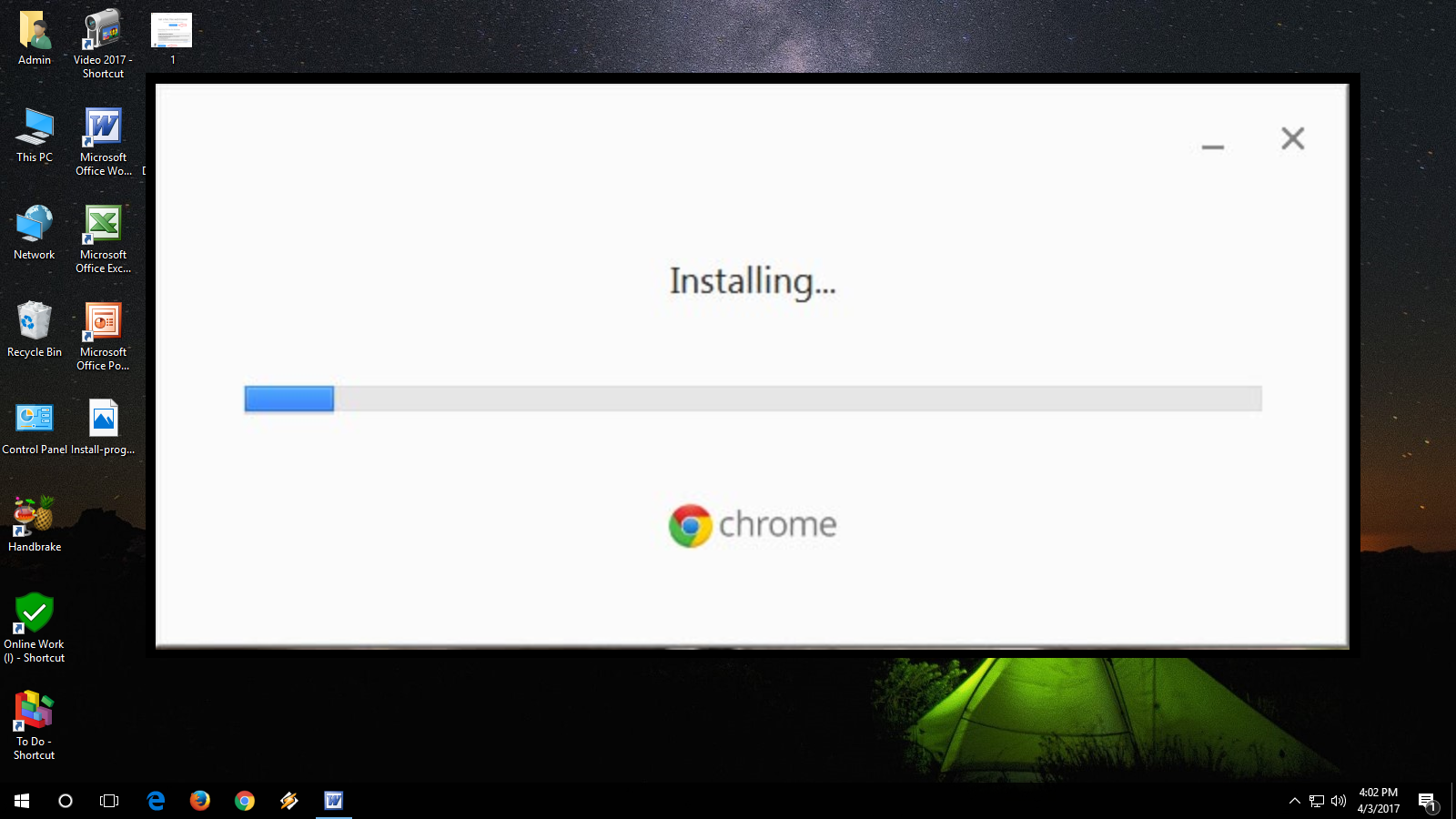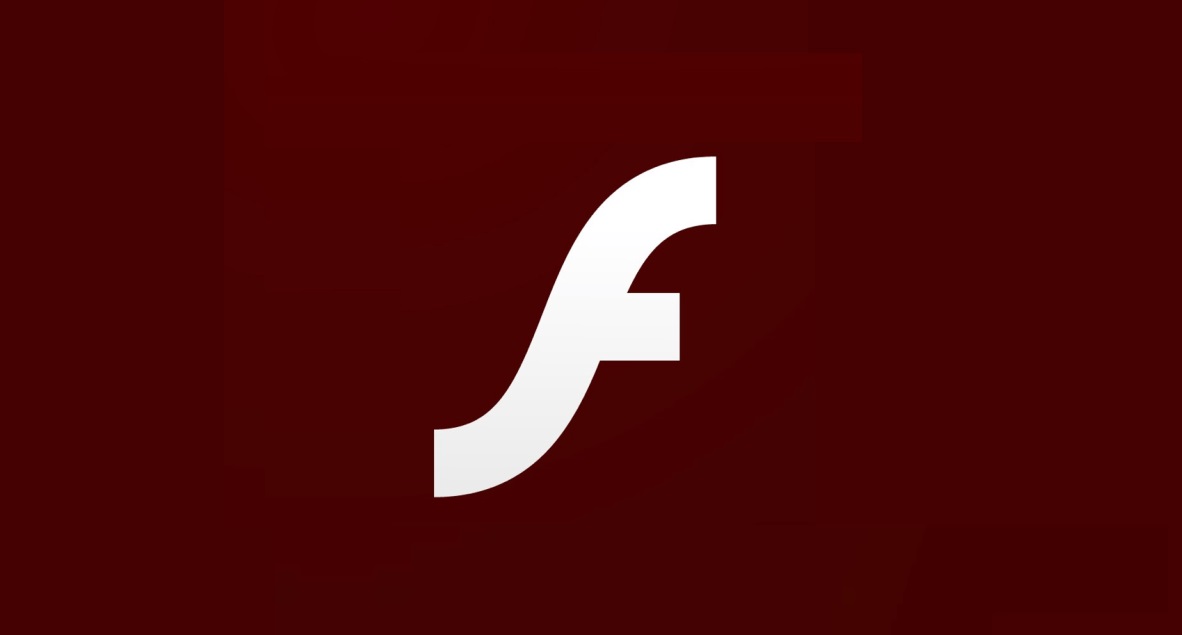

- #How to install adobe flash player plugin for google chrome how to#
- #How to install adobe flash player plugin for google chrome portable#
- #How to install adobe flash player plugin for google chrome software#
- #How to install adobe flash player plugin for google chrome code#
You can go to this page to test if you have Flash installed. Instead, a security prompt will appear to ask if you want to enable Flash. When viewing a Flash component your first time on a given domain, Chromium will act kind of dumb and tell you that you need to install Flash.
#How to install adobe flash player plugin for google chrome code#
You’ll see 2 items called Canonical Partners - click the one that is not the Source Code version and click OK or Close to enable it.
#How to install adobe flash player plugin for google chrome software#
Now go into your GUI-based Apt Package Manager and look for Software Sources. Once both deb files are downloaded, use the dpkg command to install, starting with the ffmpeg file first: (Note when you click those links above on that web page, it will take you to a page that says “Downloadable files” and will have your deb file to download. Now, from this list, you need to download two binary packages: Sudo apt-cache search pepper | grep -i pepper | grep -i flash Sudo apt-get –purge remove adobe-flashpluginĭo the following to find a list of all the pepper stuff and then get rid of it with apt-get –purge remove _package name_ Sudo apt-get –purge remove chromium-browser And finally install the flash plugin: sudo apt install adobe-flashplugin
#How to install adobe flash player plugin for google chrome portable#
The plugin directory will contain two files i-e NPSWF32.dll and flashplayer.xpt, these two files are necessary to run flash content in your Portable Google Chrome browser. Restart Google Chrome and enjoy Flash video content. Refresh system package cache via command: sudo apt updateģ. In the left navigation, select Site permissions. Then navigate to Other Software tab, and enable ‘Canonical Partners’ repository.Ģ. Open application menu, search for and launch Software & Updates.

Then install the plugin adapter to make it work in Firefox or Opera: sudo apt install browser-plugin-freshplayer-pepperflashįinally restart your web browser and enjoy! Install Adobe Flash in Ubuntu:įor choice, you can install Adobe Flash plugin from Canonical partners repository.ġ. Type user password (no asterisk feedback) when it prompts and hit Enter to continue.ģ.

When terminal opens, run command to install the Pepper Flash: sudo apt install pepperflashplugin-nonfree Open terminal either via Ctrl+Alt+T keyboard shortcut or by searching for ‘terminal’ from app laucher.Ģ. Google maintained Pepper Flash is available in Google Chrome browser by default.įor Firefox or Opera users, you can install the plugin without installing Google Chrome in Ubuntu via following steps.ġ.
#How to install adobe flash player plugin for google chrome how to#
You can also use another flashlight app if your default flashlight switch is not working.As we still need flash player to view some websites, here’s how to install Pepper Flash or Adobe Flash in Ubuntu 19.04 for Firefox or Opera web browser. Why isn't my Flash working on my Android?Ĭlear the camera app data to return your camera to its default settings and make flashlight work To clear camera app data Go to SETTINGS > APPLICATION MANAGER > ALL > CAMERA > CLEAR DATA. Flash content, including audio and video, will no longer play back in any version of Chrome. What happens when Flash Player is no longer supported? As of 2021, Adobe has ended support for the Flash Player plugin. The flash browser plugin Lightspark is written in C/C++ format. It is also supported on popular web browsers, including Google Chrome and Firefox. Lightspark is a free, open-source flash player and browser plugin that you can use on Windows and Linux platforms. Adobe also will not issue security updates after December 2020. So there are no changes to Microsoft's general policy for Windows consumers regarding Flash Player, which has largely been replaced by open web standards like HTML5, WebGL and WebAssembly.


 0 kommentar(er)
0 kommentar(er)
